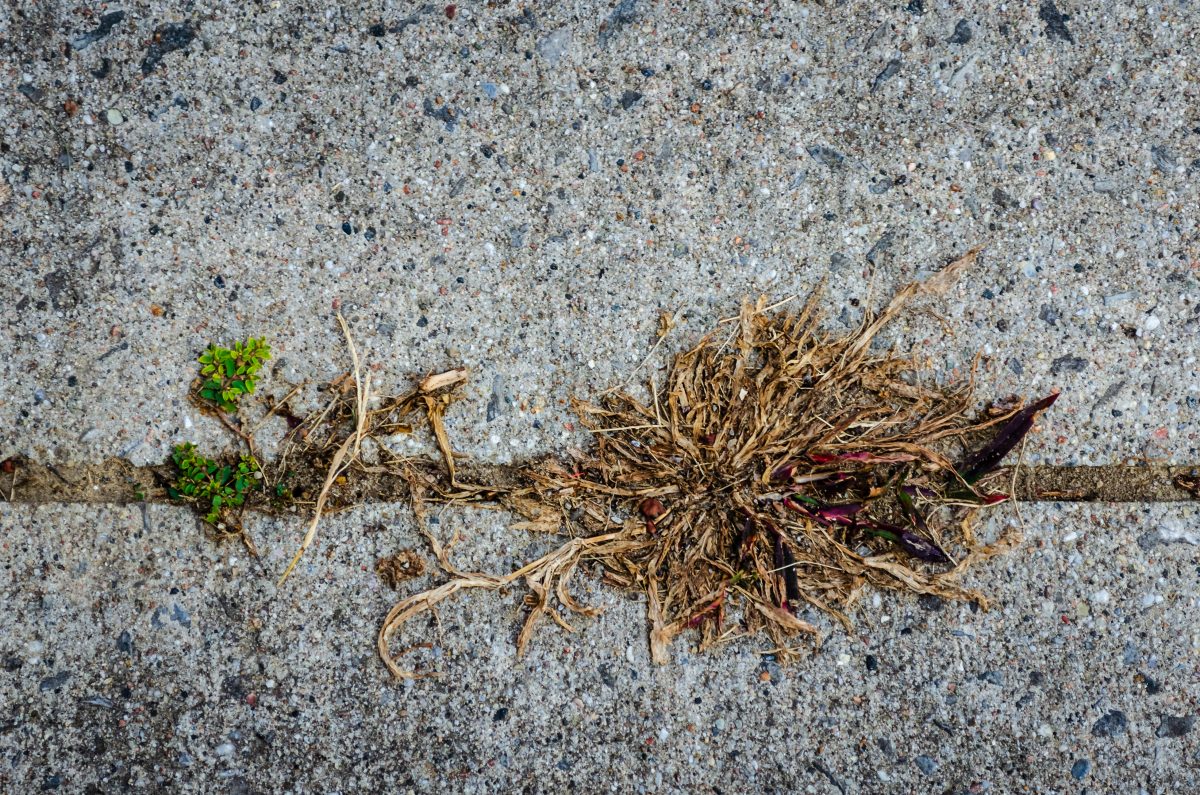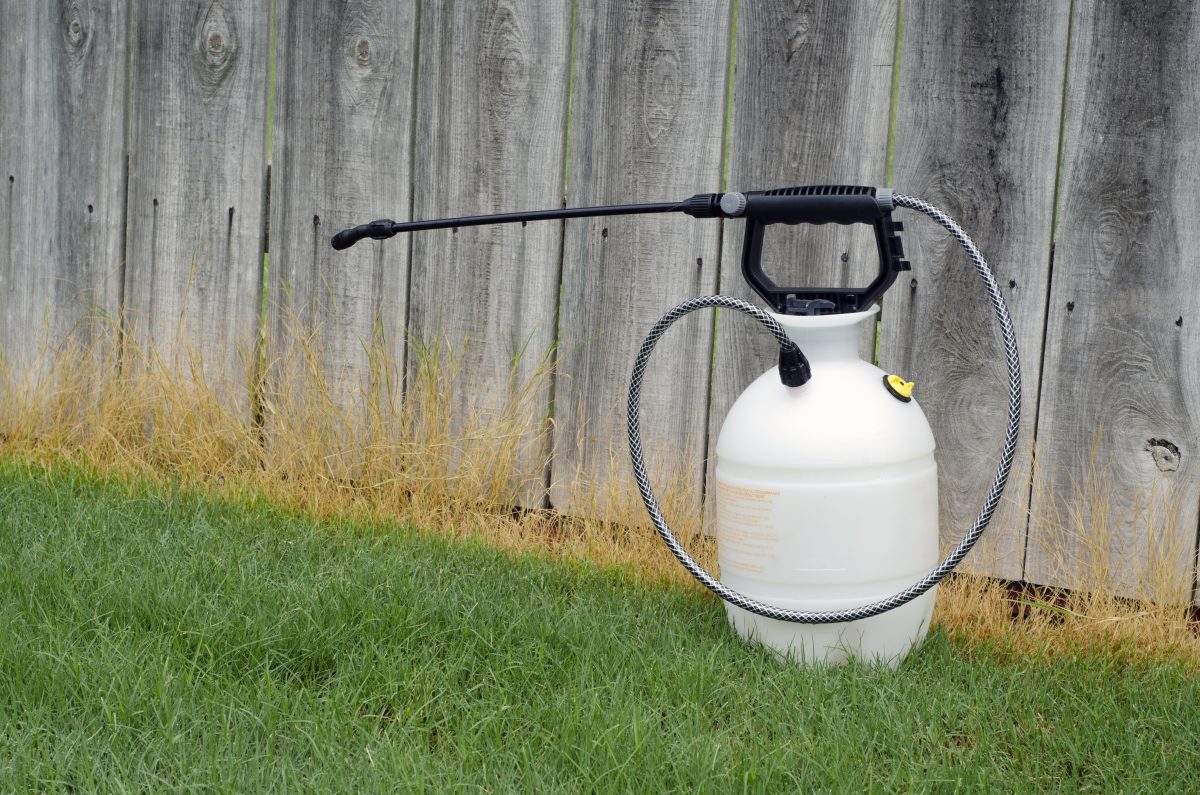
After spraying, it’s crucial to remove these unwanted guests from your garden effectively. I’m sure you’re wondering why – isn’t the spray supposed to kill them off? Yes, but leaving dead or dying weeds in place can lead to further issues down the line. You see, some weeds drop seeds before they die completely and if left unattended on your beautiful turf, these seeds will sprout new growth.
Therefore,removal of post-spray weeds becomes an essential part of overall yard maintenance. Timing is key here – wait until the herbicide has done its job fully before beginning removal procedures. If executed correctly and at just the right time, this process helps prevent future invasions by ensuring no viable seeds remain hidden amongst your carefully tended plants.

Understanding the Aftermath of Weed Spraying
I’ve found that dealing with weeds after spraying can often be a bit perplexing for most folks. So, let’s dive right in and get a grip on this whole situation.
First off, it’s crucial to know what happens once you’ve sprayed those pesky intruders. Basically, weed killer works by disrupting the plant’s growth process. Within about 48 hours post-spray, you’ll start to see them shrivel up and die – that’s your first sign of victory!
Now comes the question: What do I do with these dead weeds? Well, don’t rush into pulling them out immediately after spraying. Give it some time – typically around one or two weeks is ideal.
Why wait so long, you might wonder? It’s because even though they look lifeless above ground level, there could still be active roots underneath the soil surface! Pulling them out prematurely may result in leaving fragments behind which could lead to regrowth later on.
Here are some steps I recommend following:
- Wait patiently: Allow about 1-2 weeks for complete absorption of herbicide.
- Pull gently: If they come out without resistance – great! If not – hold off another week.
- Dispose properly: Composting isn’t recommended as seeds may survive and spread when compost is used later.
A quick note here: Always check local regulations regarding disposal as each area has its own guidelines due to varying environmental concerns.
Keep an eye on numbers too – tracking your progress makes things easier!
| Week | Number of Weeds |
|---|---|
| Before Spray | 100 |
| One Week Post-Spray | 25 |
| Two Weeks Post-Spray | Few or none |
In case any stubborn ones reappear (and sometimes they do), don’t hesitate to repeat the process until all have been dealt with effectively.
This approach ensures minimal disturbance while maximizing results from your hard work in achieving that picture-perfect lawn we all aim for!
Safe Disposal Methods for Dead Weeds
You’ve taken the first step in managing your garden by spraying those pesky weeds. But what’s next? After they’ve wilted and died, it’s time to think about safe disposal methods.
The most straightforward method is composting. It might sound counterintuitive – won’t the weed seeds just sprout again? However, I’m here to reassure you that a well-maintained compost pile can reach temperatures high enough to kill off any lingering weed seeds.
- Start by gathering all the dead weeds in a heap.
- Add them to your compost bin or pile.
- Ensure that you turn your compost regularly for even decomposition and heat distribution.
Next up on our list of disposal methods is green waste recycling. Many municipalities offer green waste pickup services where your yard debris gets transformed into mulch or compost at an industrial scale facility.
Here are some tips when using this service:
- Check if your municipality accepts sprayed weeds.
- Make sure the plants are thoroughly dried out before placing them in bins/bags as wet plants can lead to mold issues during transport.
- Follow guidelines regarding bag weight limits and pick-up schedules.
Lastly, there’s always an option of taking matters into my own hands with DIY projects! For instance, straw from dried-out tall grasses makes excellent material for crafting wreaths or ornamental baskets – just make sure all seed heads have been removed beforehand!
These three options – Composting, Green Waste Recycling Services & DIY Projects are not only environmentally friendly but also beneficial for creating healthier soil profiles over time!
So next time after spraying down those stubborn invaders, remember these steps: Gather ’em up; Compost ’em; Recycle ’em; Repurpose ’em! Together we’ll ensure our gardens remain beautiful sanctuaries free from unwanted vegetation while contributing positively towards Mother Nature’s well-being!
Colin Macmillan is a seasoned entrepreneur and the CEO of Riverwood Landscape, a leading landscaping company based in Canada. He has been at the helm of the company since leaving high school, demonstrating his strong leadership skills and business acumen.
Colin’s expertise lies in various aspects of landscaping, including lawn care, interlocking, sod installation, and commercial maintenance. His hands-on approach and dedication to the craft have been instrumental in building Riverwood Landscape into a reputable brand.
One of his most notable achievements is the creation of a successful landscape franchise that services multiple locations. This accomplishment underscores his strategic thinking and ability to scale operations effectively.
Colin has also had the privilege of working with Guelph Hospital for landscaping and maintenance, a testament to the trust and reliability that his company has earned over the years.
His professional mission is to offer the best services and experiences for customers, a goal that he tirelessly pursues. Colin’s commitment to excellence and customer satisfaction continues to drive the growth and success of Riverwood Landscape.








